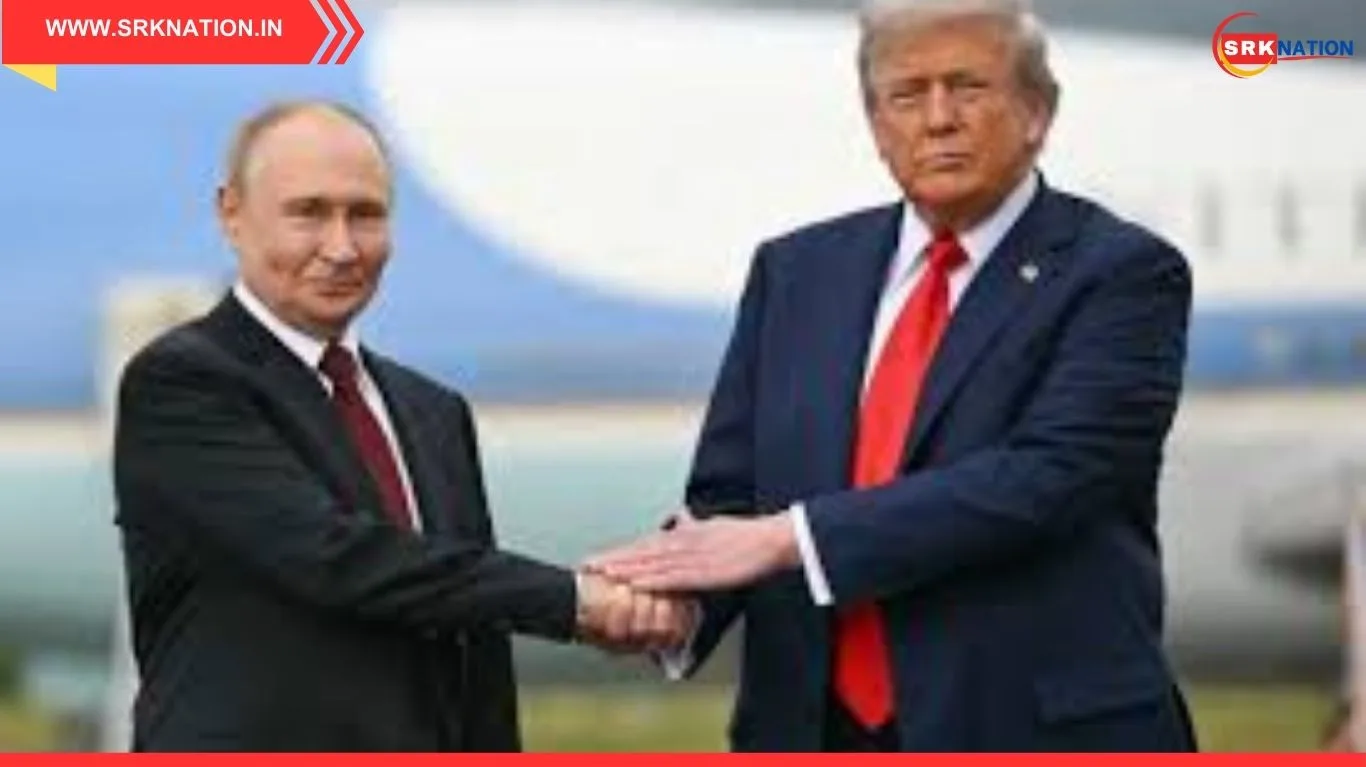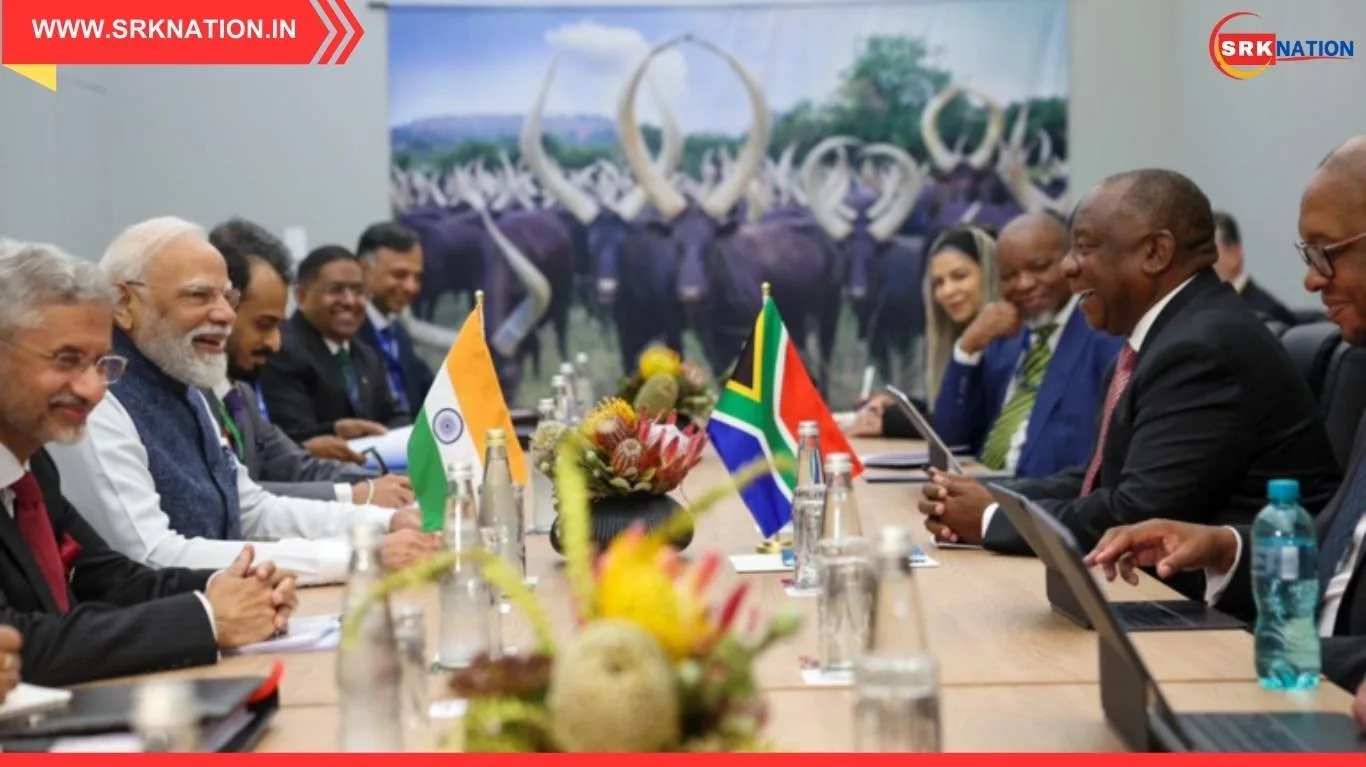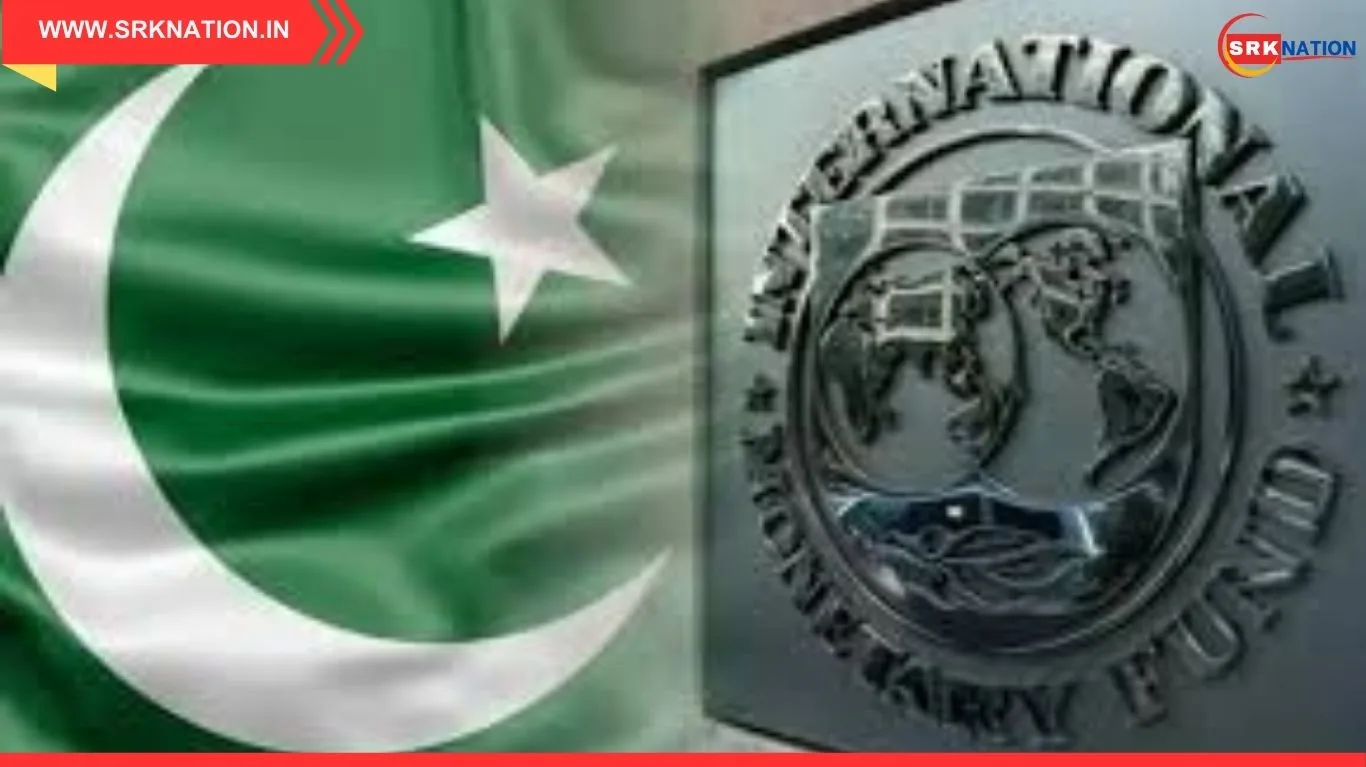For decades, Chinese leaders have made fiery proclamations about the inevitable reunification of Taiwan with the mainland. President Xi Jinping, in his 2025 New Year message, declared that no force could halt the ‘historic trend’ of reunification. Despite the rhetoric and an ever-expanding arsenal, Beijing’s threats remain just that—threats. The question persists: Is the prospect of a Chinese invasion of Taiwan truly plausible, or is it the greatest military bluff of the century?
### Strategic Illusion of Power
China’s rise as a global power has been underpinned by both economic prowess and military expansion. The People’s Liberation Army (PLA) boasts the world’s largest navy, cutting-edge missile systems, and a modernizing air force. On paper, these capabilities suggest that an invasion of Taiwan could be imminent. However, beneath this façade of strength lies a complex web of strategic, logistical, and geopolitical challenges that make such an invasion highly improbable.
### Geography: Taiwan’s Natural Fortress
The Taiwan Strait, a 90-mile expanse of turbulent waters, serves as a formidable natural barrier. Successful amphibious assaults across such a distance require massive logistical coordination and military experience that the PLA does not possess. Seasonal monsoons, typhoons, and choppy waters further limit operational windows and pose risks to any seaborne assault. Taiwan’s geography heavily favors the defenders, with its mountainous interior and urban landscapes providing ideal conditions for guerrilla warfare and urban resistance.
### Logistical Nightmare for PLA
A successful invasion of Taiwan would require moving hundreds of thousands of troops and equipment across the strait—an operation of unprecedented scale. The PLA’s amphibious fleet remains insufficient for such an undertaking. To compensate, China would need to repurpose civilian vessels, turning them into slow-moving targets vulnerable to Taiwan’s missile systems. Continuous resupply across contested waters would present staggering logistical complexities and vulnerabilities.
### Taiwan’s Asymmetric Defence Strategy
Taiwan’s military strategy focuses on asymmetric defence, designed to make any invasion prohibitively costly. Mobile missile systems, advanced radar networks, and sea mines form the backbone of this defence. Urban warfare preparation is another cornerstone, with Taipei’s mountainous surroundings and few accessible routes making occupation nearly impossible. Taiwan’s domestically produced missiles can target key Chinese military assets, ensuring any invading force would face severe resistance.
### Role of International Alliances
Taiwan’s defence is bolstered by its international alliances. The United States, under its longstanding Taiwan Relations Act, remains committed to Taiwan’s security through arms sales, joint military exercises, and intelligence-sharing. Japan’s proximity and strategic interests also suggest potential involvement in any conflict over Taiwan. The broader coalition of Quad nations—India and Australia included—adds another layer of deterrence.
### Economic Vulnerabilities: China’s Achilles’ Heel
Taiwan dominates global semiconductor production, with companies like TSMC being critical to the world’s technological infrastructure. Any conflict disrupting these supply chains would have catastrophic global economic repercussions, hitting China hardest. Sanctions and trade disruptions would cripple China’s economy, which remains heavily export-driven. The CCP’s legitimacy is deeply tied to economic stability, making a war-induced economic collapse a greater threat to the regime than Taiwan’s continued autonomy.
### Psychological Dimension: Fear as a Weapon
China’s repeated military drills, air incursions, and naval maneuvers around Taiwan are part of a psychological warfare campaign. By demonstrating capability without intent, Beijing seeks to wear down Taiwan’s resistance through fear and uncertainty. However, these tactics have only strengthened Taiwan’s identity as a democratic nation, with public support for independence surging and military readiness improving significantly.
### Lessons from History and Modern Warfare
Modern warfare has shifted from territorial conquest to influence and control through technology, economics, and narratives. China’s leadership understands that a failed invasion would be disastrous both militarily and politically. The PLA’s lack of combat experience in modern, large-scale conflicts, with the last major conflict dating back to the 1979 Sino-Vietnamese War, further exposes significant operational shortcomings.
### Bluff of the Century
China’s threats to invade Taiwan make for compelling headlines, but the reality is far more nuanced. Geographic defenses, logistical challenges, Taiwan’s asymmetric warfare capabilities, international alliances, and China’s economic vulnerabilities render a full-scale invasion highly unlikely. The narrative of imminent invasion serves a strategic purpose for Beijing—maintaining internal cohesion and projecting strength externally. For now, the PLA’s ambitions remain a grand display of power projection without the means or resolve to follow through. Taiwan’s determination to defend its sovereignty ensures that any attempt at forceful reunification would be not just difficult, but virtually impossible.

See insights and ads
पोस्ट को प्रमोट करें · Promote post
Like
Comment
Share











